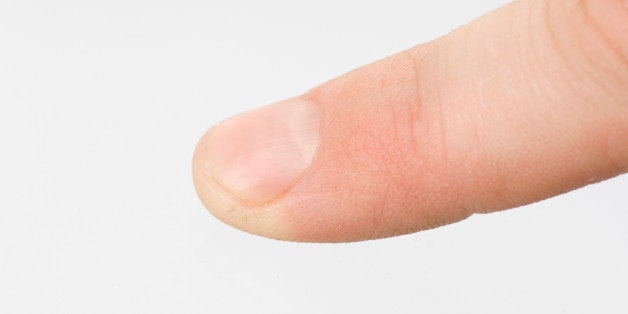
Could measuring a risk factor for heart disease be as easy as a touch of the finger?
Researchers at the University of Iowa have found that the pulse in your finger, along with your body mass index and age, could be a reliable indicator of the stiffness of your aorta, which is the artery that goes out from the heart to deliver blood to the body.
When the aorta becomes stiff, the heart needs to work harder -- which could lead to higher blood pressure and even heart attack risk.
"The technique is more effective in that it is easy to obtain just one pulse waveform in the finger or the brachial artery, and it's less intrusive than obtaining a femoral waveform in patients," study researcher Gary Pierce, an assistant professor in the university's Department of Health and Human Physiology, said in a statement. "It also can be easily obtained in the clinic during routine exams similar to blood pressure tests."
The findings, published in the American Journal of Physiology - Heart and Circulatory Physiology, show that putting a transducer on the finger or the brachial artery (which runs in the upper arm) provides a measurement that, coupled with measurements of body mass index and age, could nearly as accurately determine aortic stiffness as more traditional measurements.
Right now, aortic stiffness measurements are determined by taking the pulse of the carotid artery -- which is in the neck, and which can be difficult to obtain among obese people -- or the femoral artery, in the groin.
"Finding simple noninvasive methods to measure aortic pulse wave velocity in the clinic may help physicians to better inform middle-aged and older adults about their level of cardiovascular risk," Pierce said in the statement.